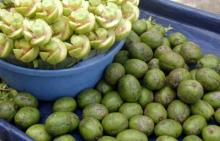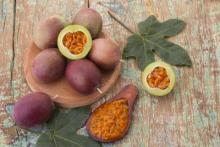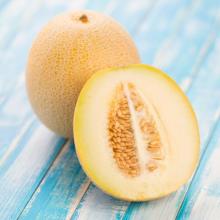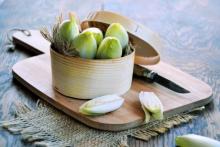Sacred Trees: Hawthorn Folklore, Medicine & Food
Hawthorn (Crataegus) is rich in magical lore and medicine. The name Hawthorn reflects the berries (haw) and thorns found on this tree. It’s a small tree with big thorns that will remind you if you’re being too greedy harvesting the flowers, and later in the summer, the berries.










